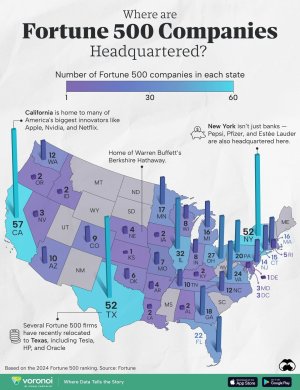Polds4OSU
Marshall
Talk about a Huge boost to Crypto if the US Govt starts accepting Crypto Payments for Tax Debts
US Congressman Matt Gaetz has proposed a bill to allow federal income tax payments in Bitcoin. If passed, this would change the government’s use of cryptocurrencies.
The proposal needs to pass some legislative red tape before becoming law. It comes as crypto is increasingly becoming a tool in US politics, with President Joe Biden rehiring his crypto guru and Donald Trump making his campaign pro-crypto.
Gaetz is instructing the Treasury secretary, Janet Yellen, to create a plan for accepting Bitcoin. Yellen is known for her being vehemently anti-crypto.
Provisions in the bill require regulations to specify when payment by Bitcoin will be considered received and demand the immediate conversion of any Bitcoin received to its dollar equivalent at the end of each transaction.
The bill also requires rules to identify nontax matters related to Bitcoin payments that must be resolved by the payer and financial intermediaries without Yellen’s involvement.
Additionally, the bill seeks to ensure that Yellen resolves tax matters without involving financial intermediaries. Other sections address contracts related to receiving payments in Bitcoin, fees, and liability. The revised language would apply to payments made one year after the bill’s enactment.
The Internal Revenue Service (IRS) already requires individuals to report cryptocurrency transactions and pay taxes on income or gains from crypto.
Several states, including New Jersey and Kentucky, have started implementing their own crypto tax regulations. Colorado has even approved the use of cryptocurrency for tax payments.
US Congressman Matt Gaetz proposes bill to allow federal tax payments in Bitcoin
US Congressman Matt Gaetz has proposed a bill to allow federal income tax payments in Bitcoin. If passed, this would change the government’s use of cryptocurrencies.
The proposal needs to pass some legislative red tape before becoming law. It comes as crypto is increasingly becoming a tool in US politics, with President Joe Biden rehiring his crypto guru and Donald Trump making his campaign pro-crypto.
Gaetz is instructing the Treasury secretary, Janet Yellen, to create a plan for accepting Bitcoin. Yellen is known for her being vehemently anti-crypto.
Gaetz recently visited El Salvador to attend Bitcoin-loving President Nayib Bukele’s second inauguration. The bill mentions the Congressman’s support for Donald Trump.“By enabling taxpayers to use Bitcoin for federal tax payments, we can promote innovation, increase efficiency, and offer more flexibility to American citizens. This is a bold step toward a future where digital currencies play a vital role in our financial system, ensuring that the U.S. remains at the forefront of technological advancement.”
Provisions in the bill require regulations to specify when payment by Bitcoin will be considered received and demand the immediate conversion of any Bitcoin received to its dollar equivalent at the end of each transaction.
The bill also requires rules to identify nontax matters related to Bitcoin payments that must be resolved by the payer and financial intermediaries without Yellen’s involvement.
Additionally, the bill seeks to ensure that Yellen resolves tax matters without involving financial intermediaries. Other sections address contracts related to receiving payments in Bitcoin, fees, and liability. The revised language would apply to payments made one year after the bill’s enactment.
The Internal Revenue Service (IRS) already requires individuals to report cryptocurrency transactions and pay taxes on income or gains from crypto.
Several states, including New Jersey and Kentucky, have started implementing their own crypto tax regulations. Colorado has even approved the use of cryptocurrency for tax payments.


